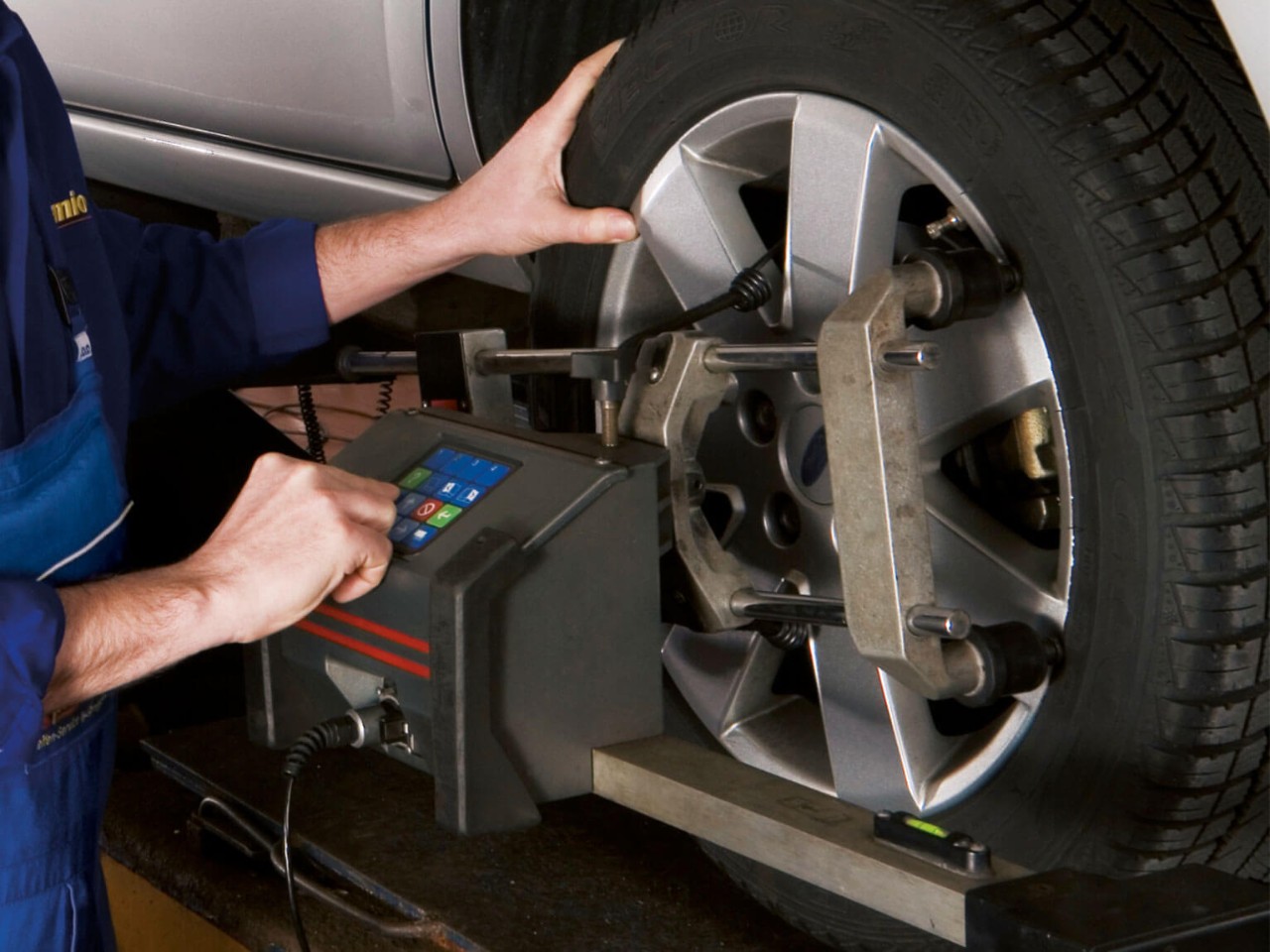Change Country
- België
- Belgique
- Bosna i Hercegovina
- България
- Česká republika
- Danmark
- Deutschland
- Eesti
- España
- Ελλάδα
- France
- Hrvatska
- Ireland
- Italia
- Latvija
- Lietuva
- Luxembourg
- Magyarország
- Nederland
- Norge
- Österreich
- Polska
- Portugal
- România
- Schweiz
- Suisse
- Svizzera
- Slovenija
- Slovensko
- South Africa
- Srbija
- Suomi
- Sverige
- Türkiye
- Україна
- United Kingdom













